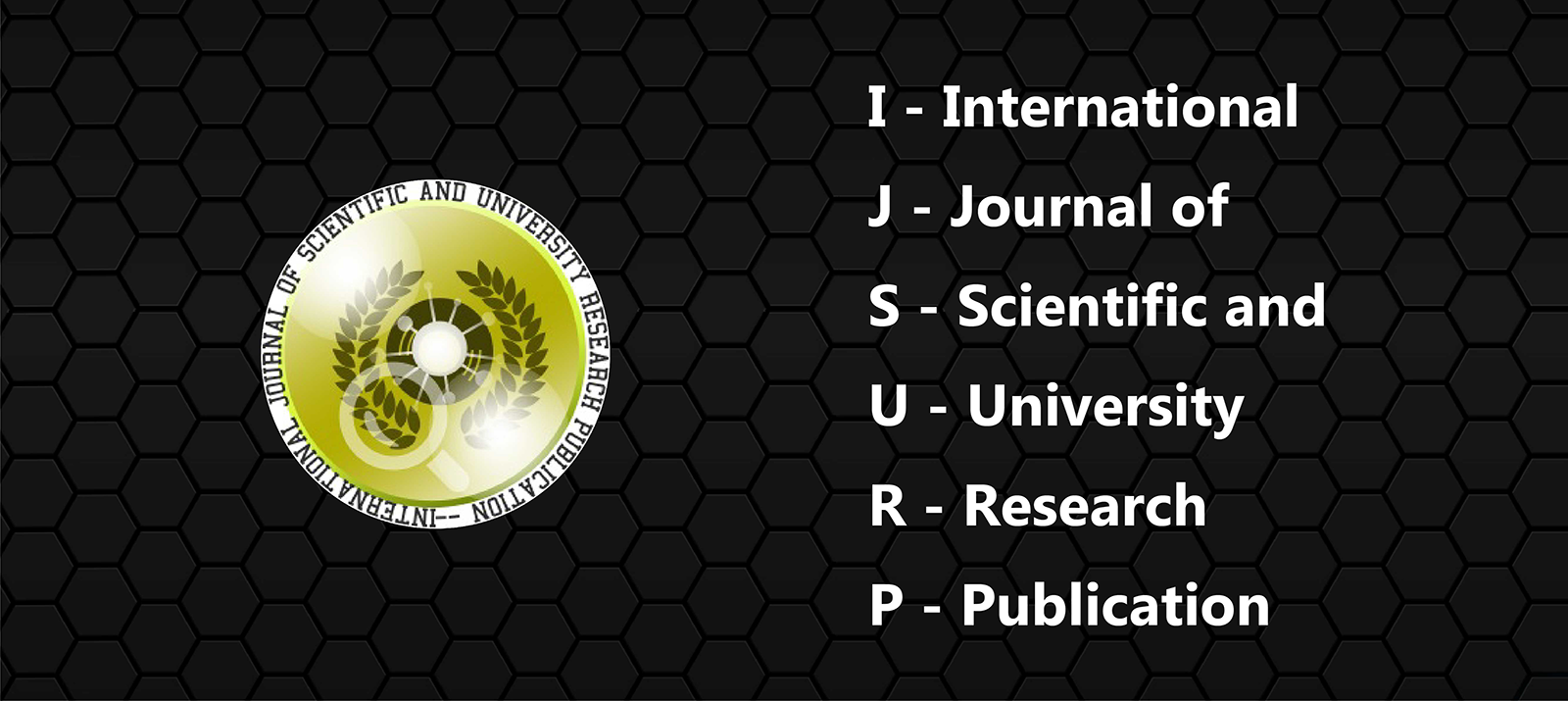References :
Aburish, S., 2013. A brutal friendship: the west and the Arab Elite, s.l.: New York.
Agha & Malley, 2011. “The Arab Counterrevolution," , s.l.: The New York Review of Books.
Alhassen, M., 2012. Please Reconsider the Term ‘Arab Spring’, s.l.: s.n.
Al-Sayyad, M., 2013. The Cowering Intellectuals Of The Arab Spring, s.l.: s.n.
Alterman, B., 2006. Color revolutions: sweeping Middle East: The Arab Spring is coming to China, New York:... More
Aburish, S., 2013. A brutal friendship: the west and the Arab Elite, s.l.: New York.
Agha & Malley, 2011. “The Arab Counterrevolution," , s.l.: The New York Review of Books.
Alhassen, M., 2012. Please Reconsider the Term ‘Arab Spring’, s.l.: s.n.
Al-Sayyad, M., 2013. The Cowering Intellectuals Of The Arab Spring, s.l.: s.n.
Alterman, B., 2006. Color revolutions: sweeping Middle East: The Arab Spring is coming to China, New York: Boulder.
Anderson, 2013. “Remaking the Middle East: The Prospect for Democracy and Stability”. Ethics and International Affairs, 6(10), pp. 163-178.
Anti-Defamation league, 2011. “American Attitudes toward Israel, the Palestinians and Prospects for Peace in the Middle East”, s.l.: s.n.
Arham, 2011b. “Egypt to Confront Imminent Crisis on Fuel Shortage.”, s.l.: Arham Online.
Asadullin, 2006. Islam v Moskve. Moscow: Logos.
Assir, S., 2011. “Nasrallah: Military Intervention in Syria Will Spiral into Régional War,”, s.l.: Al-Akhbar.
Bassiouni, 2011. “Report of the Bahrain Independent Commission of Inquiry,”, s.l.: Bahrain Independent Commis¬sion of Inquiry.
Beck & Hüser, 2012. . Political change in the Middle East: An attempt to analyze the‘Arab Spring’. s.l.: s.l.: GIGA Research Unit: Institute of Middle East Studies.
Beck & Hüser, 2012. Political change in the Middle East: An attempt to analyze the‘Arab Spring’, s.l.: GIGA Research Unit: Institute of Middle East Studies.
Blanchard, C., 2011. “Libya: Unrest and U.S. Policy,” , s.l.: Congressional Research Service.
Boone, 2015. "Politics and the Effectiveness of Foreign Aid.". European Economic Review, 2(40), pp. 289-329.
Brennan, C., 2015. Realism over Romanticism, The fall of the Arab Spring from revolution to Destruction, San Diego: Calif.
Bueno De Mesquita and Smith, 2011. “Assessing Assad,”, s.l.: Foreign Policy.
Carlisle, T., 2011. “Corruption Inquiry Focus on Egyptian Gas Contract,”, s.l.: The National.
CNN Wire Staff , 2011. “Syrian Opposition Group: More than 5, 800 Died in 2011,” , s.l.: CNN.
Cobban, H., 2011. “U.S. Policy and Egypt after Mubarak’s Resignation,” , s.l.: The Hill.
Coll, S., 2011. “The Syrian Problem,” , New York: s.n.
Cook, S., 2011. “The U.S.-Egyptian Breakup: Washington’s Limited Options in Cairo, ”, Cairo: Foreign Affairs.
Cooper & Landler, 2009. "Obama Pressured to Strike a Firmer Tone,”, s.l.: New York Times.
Dagher, S., 2011. Revenge feeds instability in Libya. wall street journal..
Dashti, A., 2008. Tarikh Shi’a al-khalij wa ‘aqa’idbum: the history of Shia in the Gulf and their Beliefs, s.l.: s.n.
Dorsey, J., 2012. Role of Arab militaries in popular uprisings.. Middle East Studies Online Journal, 3(6), pp. 473-476.
Fielding & Smith , 2011. “Assessing Assad,” , s.l.: Foreign Policy.
FRIEDMAN, 2011. Obama and the Arab Spring. Austin, U.S.: Stratfor.
Friedman, G., 2011. Re-Examining the Arab Spring, s.l.: s.n.
Geopolicity, 2011. De Arabische Lente en Geopolitiek, s.l.: routledge.
Gilligan, 2011. Gaddafi’s ghost town after the loyalists retreat., s.l.: s.n.
Gilligan, A., 2011. Gaddafi’s ghost town after the loyalists retreat., s.l.: s.n.
Gumuscu, S., 2012. “Egypt Can’t Replicate the Turkish Model: But It Can Learn from It,”, s.l.: Sada Online Journal.
Hashim, A., 2011. “The Egyptian Military: Part Two: From Mubarak Onward.”. Middle East Policy, 3(18), pp. 106-128.
Huntington, 1968. Political Order in Changing Societies , s.l.: New Haven.
Jamoul, A., 2012. The Arab Spring: The Root Causes?, s.l.: s.n.
Kirkpatrick, 2012. Attack by Fringe Group Highlights the Problem of Libya's Militias, s.l.: New York Times.
Laub, K., 2012. "Libya: Estimated 30,000 Died In War; 4,000 Still Missing.", s.l.: The Huffington Post..
Lloyd-hughes, G., 2014. Essential Squashed Philosophers., North Carolina: LULU.
Lynch, 2012. The Arab Uprising: the unfinished revolutions of the New Middle east. New York: New York: PA.
Mansour, M., 2008. Egypt's army took part in torture and killings during revolution, s.l.: s.n.
Millet, 2012. Colombia's conflicts: the spillover effects of a wider war, United States: US: Strategic Studies Institute.
Murphy, C., 2012. The Arab Spring: The uprising and its significance. , s.l.: Trinity Magazine.
Myers, Steven & Lee, 2012. "U.S. Is Near Pact To Cut $1 Billion From Egypt Debt.", s.l.: The New York Times.
Office of the Press secretary, 2009. "Remarks by the President on Egypt.", New York: The White House.
Office of the Press secretary, 2011. "Remarks by the President on Egypt.", New York: The White House.
Olimat, M., 2003. From silk road to the Arab spring: China and the Middle East, New York: Routledge..
Pew research center, 2011. Egyptians Remain Optimistic, Embrace Democracy and Religion in Political Life.", s.l.: Pew Global Attitudes Project..
Philips, C., 2011. The Battle for Syria, UK: Yale University Press.
Quinn, 2011. “Islamist Movements.”. s.l.:s.n.
Rahim, M. A., 2011. Managing Conflict in Organizations., s.l.: Transaction publisher.
Ramadan Tarique, 2011d. Neither an Arab Spring nor Revolution, s.l.: s.n.
Ramadan, 2013. The Role of Religion Before and After the Arab Uprisings. s.l.: s.l.: s.n..
Sharp & Jeremy, 2013. "Jordan: Background and U.S. Relations." Federation of American Scientists. s.l., Congressional Research Service.
Shinor, 2011. China and the Middle East and the United State. Washington, DC: s.n..
Shinor, Y., 2011. China and the Middle East and the United State, Washington, DC: s.n.
Shuster, 2013. "The World According to Putin,". s.l.:Time.
Skeldon, 2008. “International Migration as a Tool in Development Policy: A Passing Phase?”. in Population and Development Review, 34(1).
Sorenson, D., 2011. Transitions in the Arab World: Spring or Fall?, s.l.: Strategic Studies Quarterly.
Stuart, 2011. “Turkey and the Arab Spring,”. s.l.:s.l.: Henry Jackson Society Strategic .
Stuart, H. (., 2011. “Turkey and the Arab Spring,”, s.l.: Henry Jackson Society Strategic .
Sutter, G., 2010. Chinese foreign relations, the developing world and the new Global Dynamic, s.l.: CO, Boulder.
Ulrichsen, K., 2012. Kuwait: political Crisis at Critical Juncture., s.l.: PA: Rodale..
VOA news, 2011. Middle East Voices (2011) Arab Spring Facts You Should Know, s.l.: s.n.
Way & Levitsky, 2010. “Comparing the Arab Revolts – The Lessons of 1989.”. Journal of Democracy, 4(22), pp. 13-23.... Less







